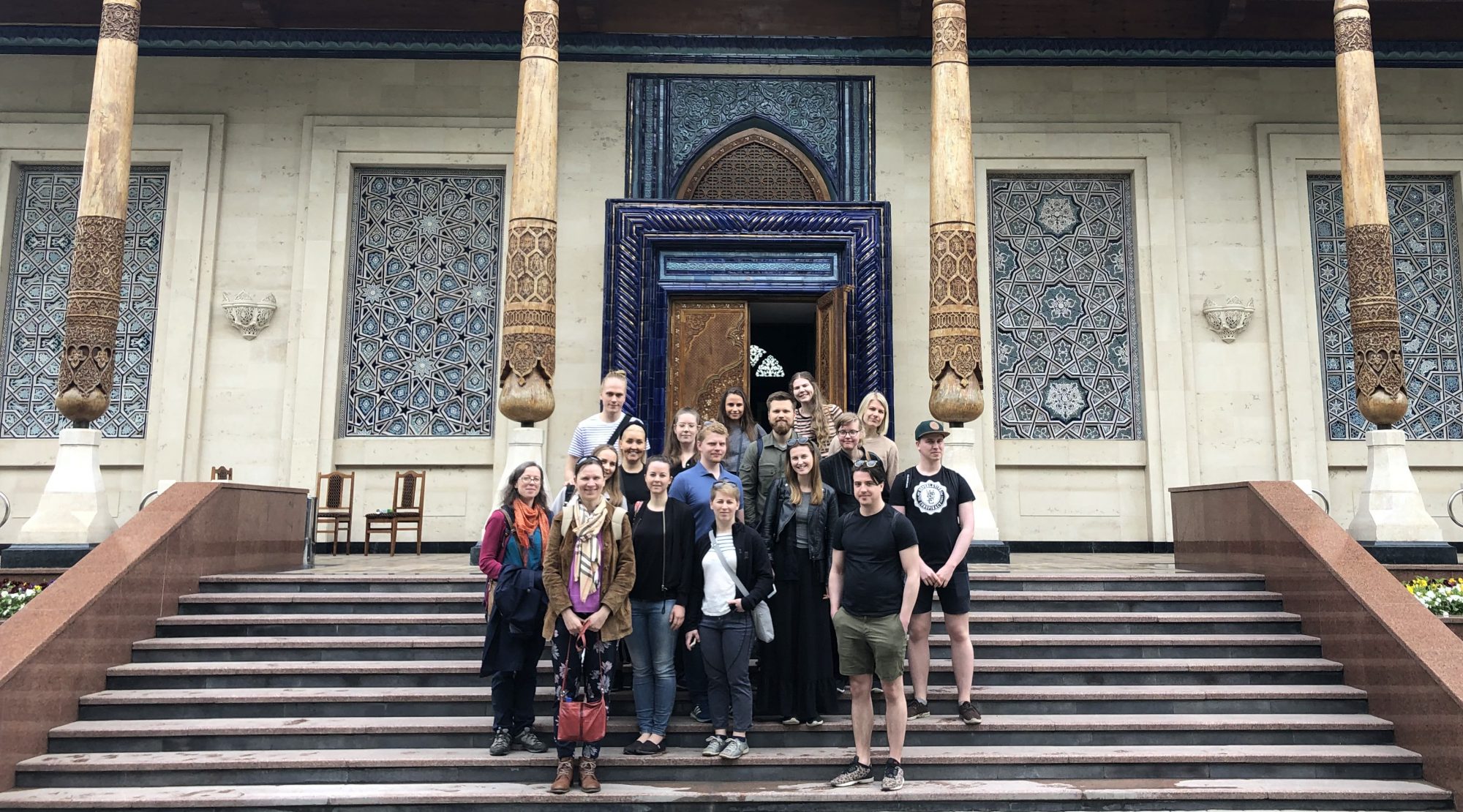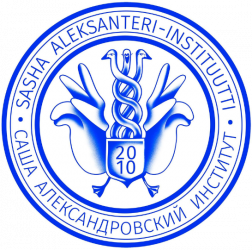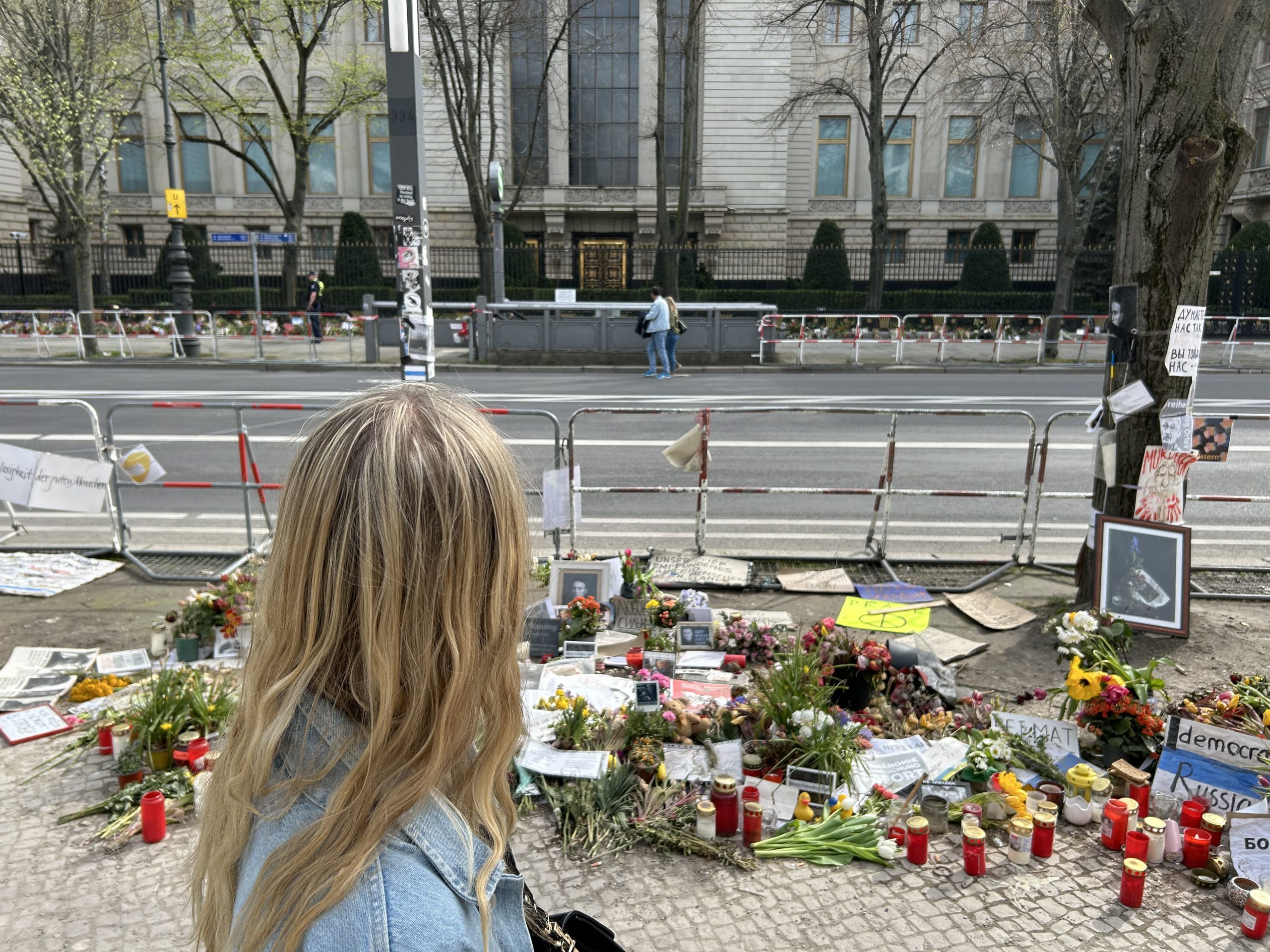
Written by: Jenni Kirkinen and Oliver Reschreiter
Pictures by: Jenni Kirkinen (1-10, 12, 13) and Oliver Reschreiter (11)
During the Easter break a few of the board members visited in Berlin and that inspired us to think about Germany’s past with socialism and its role in the Soviet world. As many know, Germany was separated after the World War II and only reunified 34 years ago. Within that time, the German Democratic Republic was secluded from the West, building relations with the Soviet Union, and ruling its subjects with an iron fist. For those of us who were born after the fall of the Berlin Wall and the Iron Curtain, we do not often remember Germany as a country which was separated. Thus, Germany is not usually counted as the part of the post-Soviet world when we discuss the region at university. However, that doesn’t mean there isn’t a legacy of such.
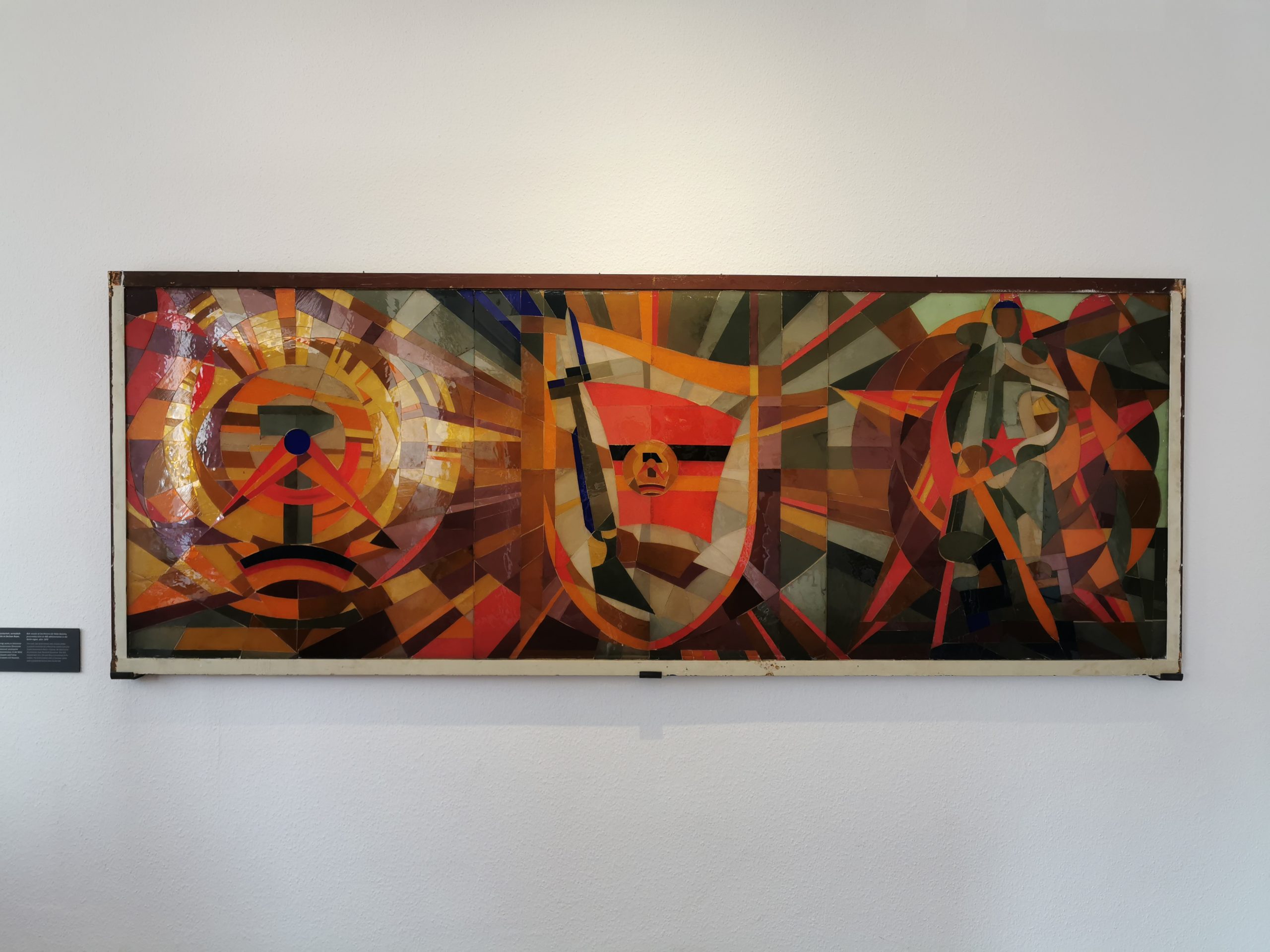
In Berlin specifically, you can still observe the separation between East and West clearly and the city houses multiple Soviet memorials. The modern day close ties between Germany and Russia are still visible in the time of sanctions and war. Next to the Brandenburg gate, the most prolific attraction of Germany, the Russian Embassy stands tall and looks more omnious than ever. The building has been gated and guarded by the police for a few years now and while the Aeroflot office joint to the Embassy sits empty and sad, the Embassy is alive and well. Because of the recent attack to the Crocus Mall in Moscow, a bunch of flowers and candles were brought inside the gated area. Contrastingly, outside of the gates was a memorial for the now passed opposition leader Aleksey Navalny. Additionally, a small memorial to Ukrainian victims of Russia’s war also faced the Embassy as a reminder of the brutal war.
In Finnish we say “etsivä löytää” (the one who seeks also finds) and our mission was to visit the landmarks and places beyond the WWII tours. One of the largest Soviet memorials in the world stands in the middle of Treptower park and because of its location, it is visited by very few. However, it is an impressive place to see Soviet propaganda through sculptures. When you leave the park, you can continue towards Kreuzberg along Puschkinallee. Whilst in the Baltics many remnants of Soviet history have been removed, Berlin still holds onto its past. Soviet and Communist figures are still visible on the streets. The mentioned Puschkinallee is accompanied by Karl Marx Allee and Straße, Rosa-Luxemburg-Straße, and Karl-Liebknecht-Straße. Furthermore, statues of Marx and Engels and Gorbachev still stand.
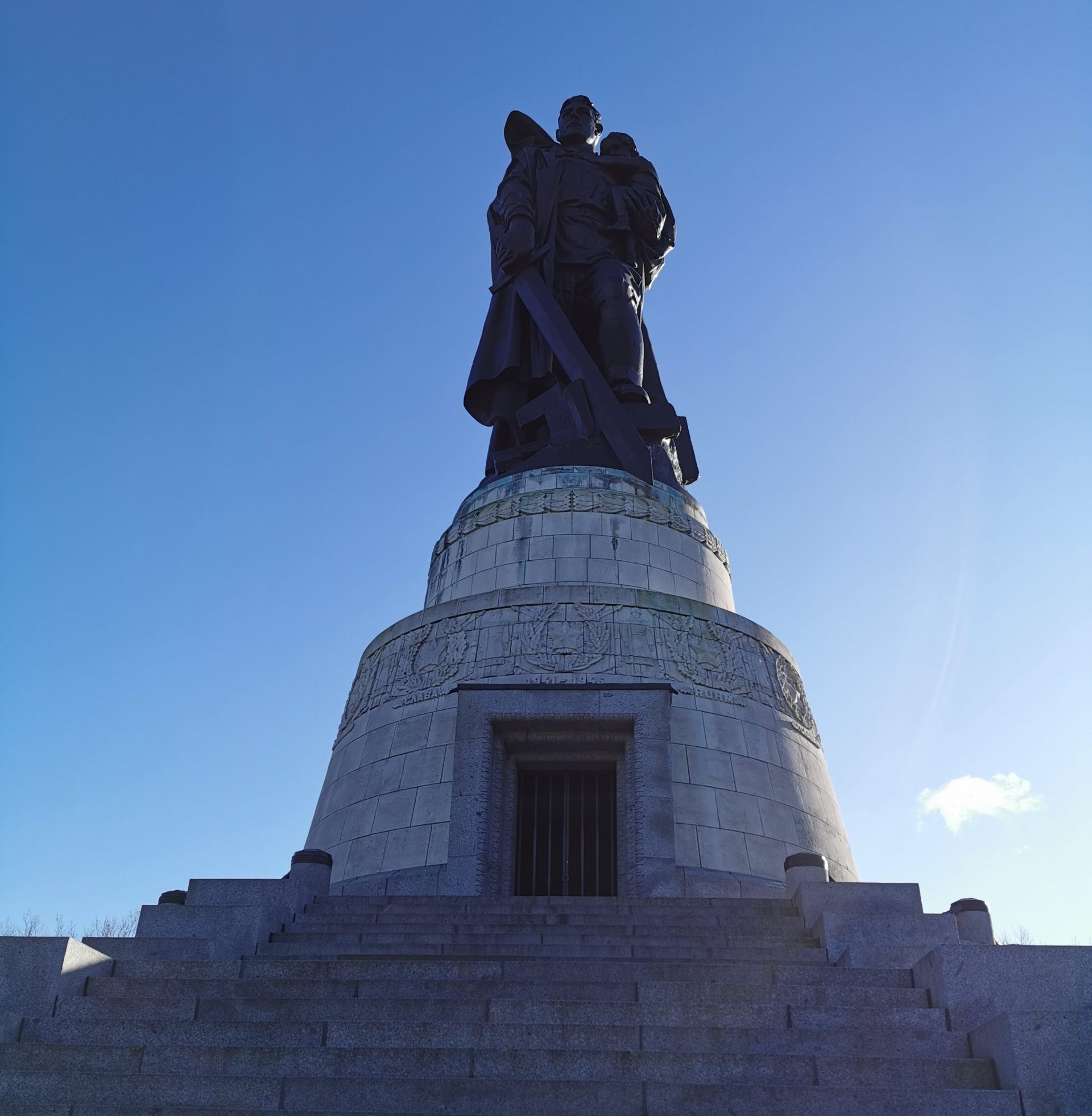
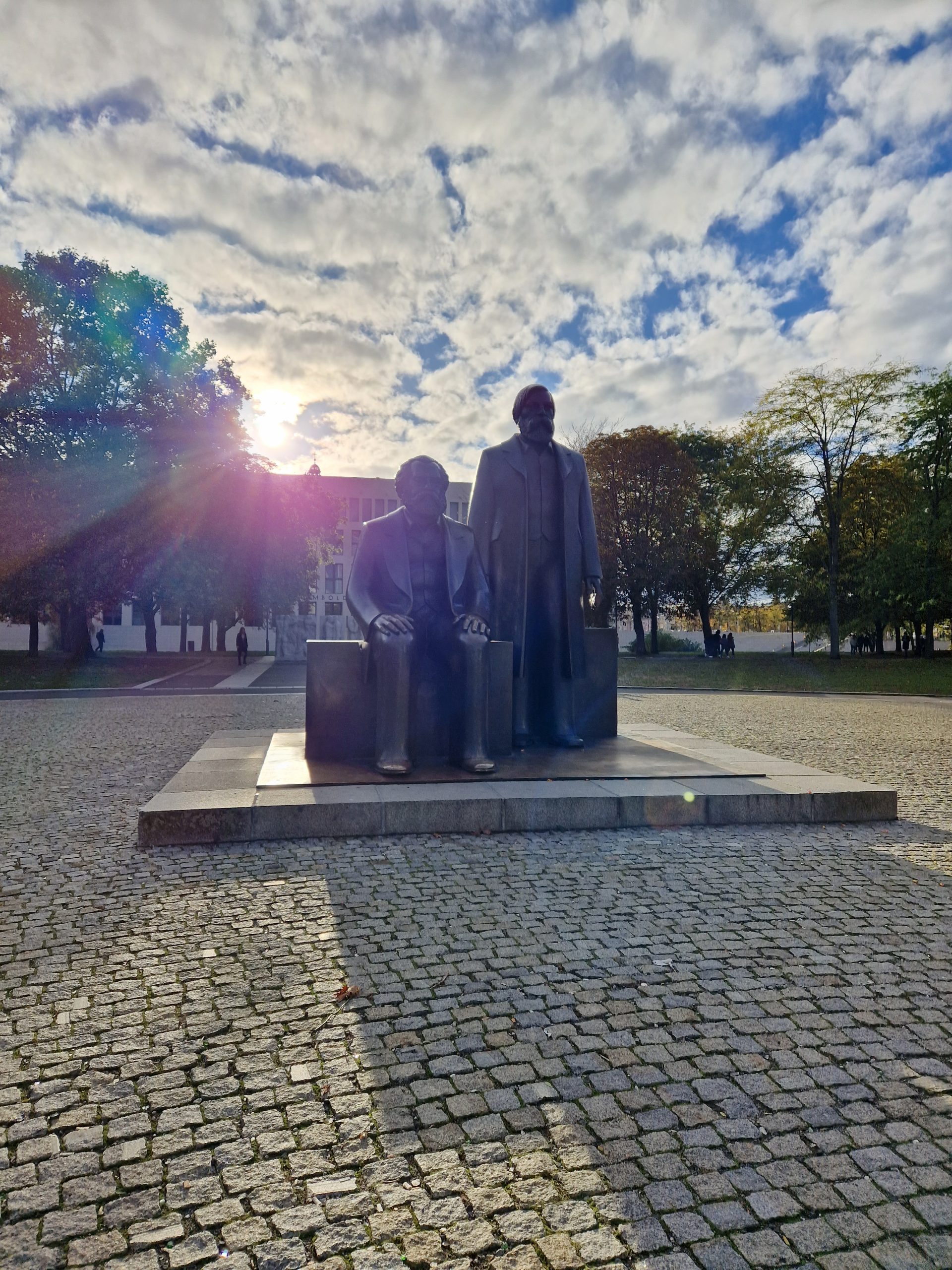
As mentioned, East Germany was as much part of the Soviet order as any other country behind the Iron curtain. Not a Soviet Socialist Republic officially but very much controlled by the same ideas and ideals. One of the prime examples of this was the secret police, Stasi. The organisation itself was huge and during its golden days under Erich Mielke, Stasi employed almost 100 000 people. Even hundred times more the amount as “unofficial collaborators” thoughout the exsistance of the secret service. People were spied on with the most inventive ways and the penetration of Stasi in peoples lives was pervasive to all aspects of life.
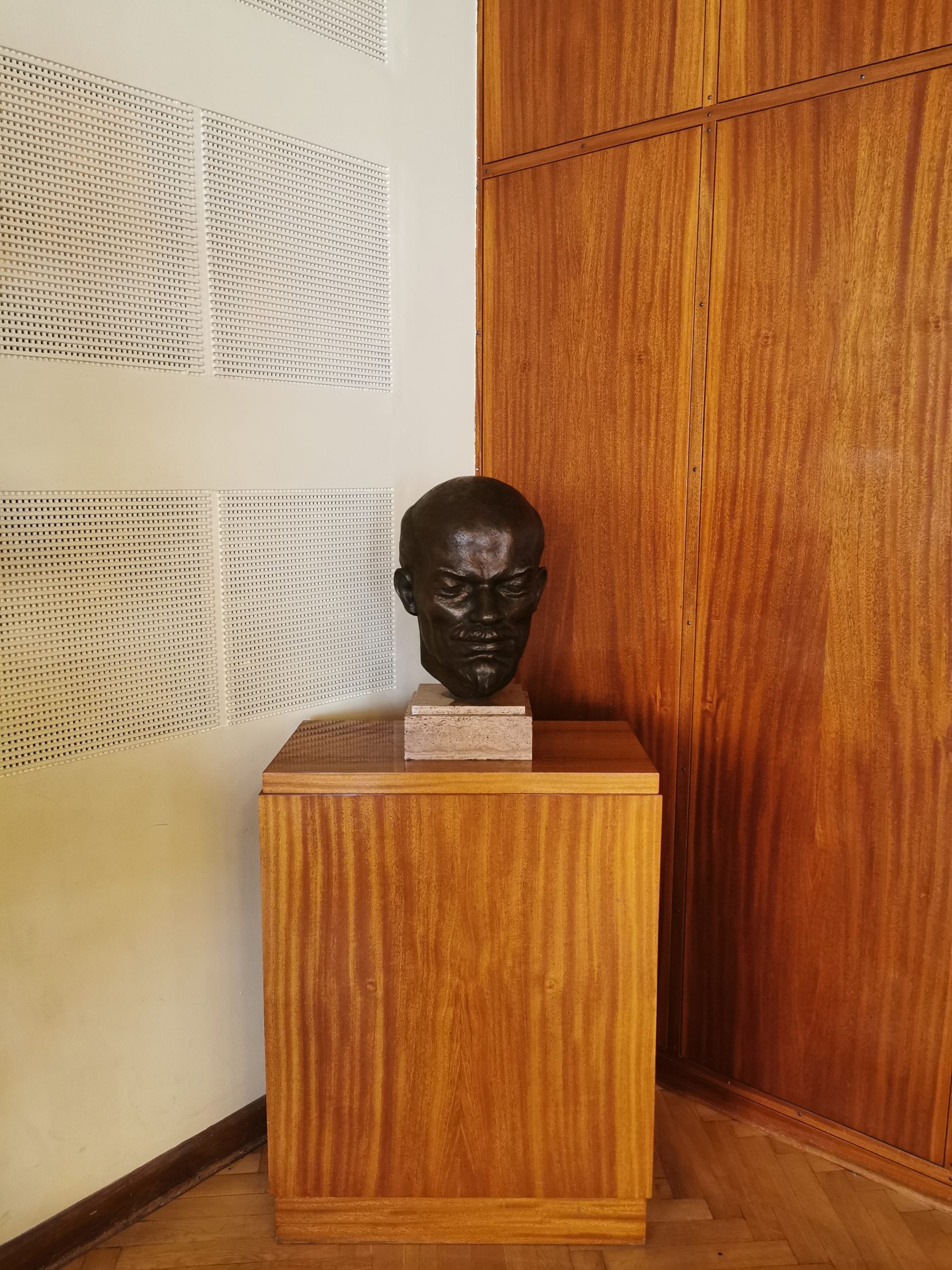
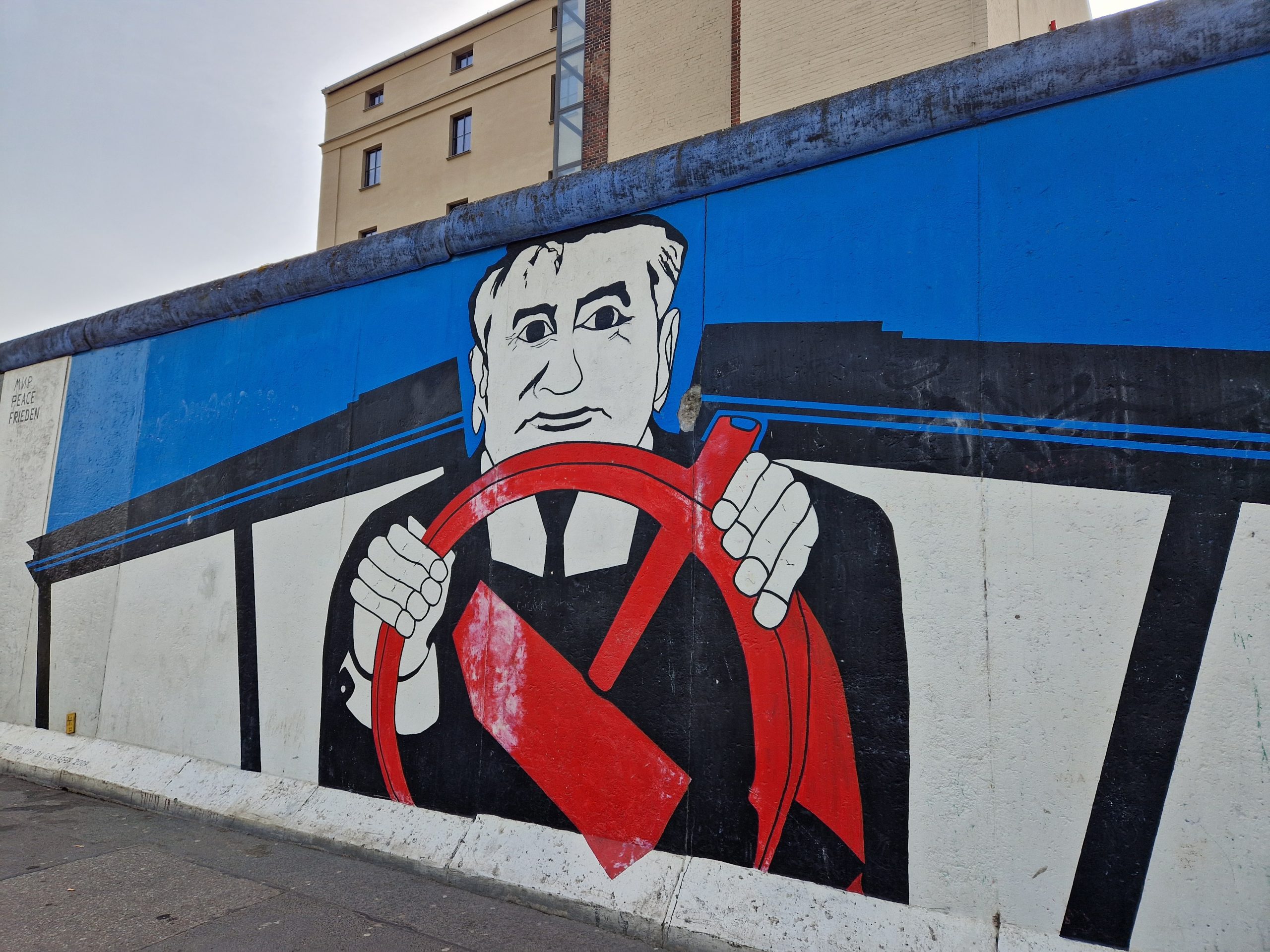
Germany has been hesitant to severe all ties to Russia as it has created so many interdependences that it is nearly impossible to do so. Thus, one peculiar museum still exists that is funded by both, Germany and Russia. The museum of Berlin-Karlshorst details German surrender of 1945 and continues to promote Soviet exeptionalism by “commemmorating the the heroic deeds of the Red Army”. The museum has other branches too and one of them is in Kyiv. (Before the completion of this post, the museum updated their website and removed all remnants of Russian state affiliation and stated that the Russian Federation with Belarus are abusing history and thus, cooperation will not be continued)
No trip is complete without great food and thus, we want to recommend a two places to those who want to explore some non-German Eurasian cuisine. First on the list is Golden Fleece, a Georgian restaurant located in Mitte just off of Rosa Luxembourg Platz. Sasha Secretary Oliver treated himself to a number of Georgian classics including, soko kecze (stuffed mushrooms with cheese), jonjoli salad, shashlik (skewered meat), all washed down with a bottle of natakhtari taragon lemonade. Oliver rated it a 9/10 and said it was some of the best Georgian food he’d had outside of Georgia. Vegetarians should have no trouble at this restaurant thanks to Georgian cuisines veggie and herb heavy cuisine.
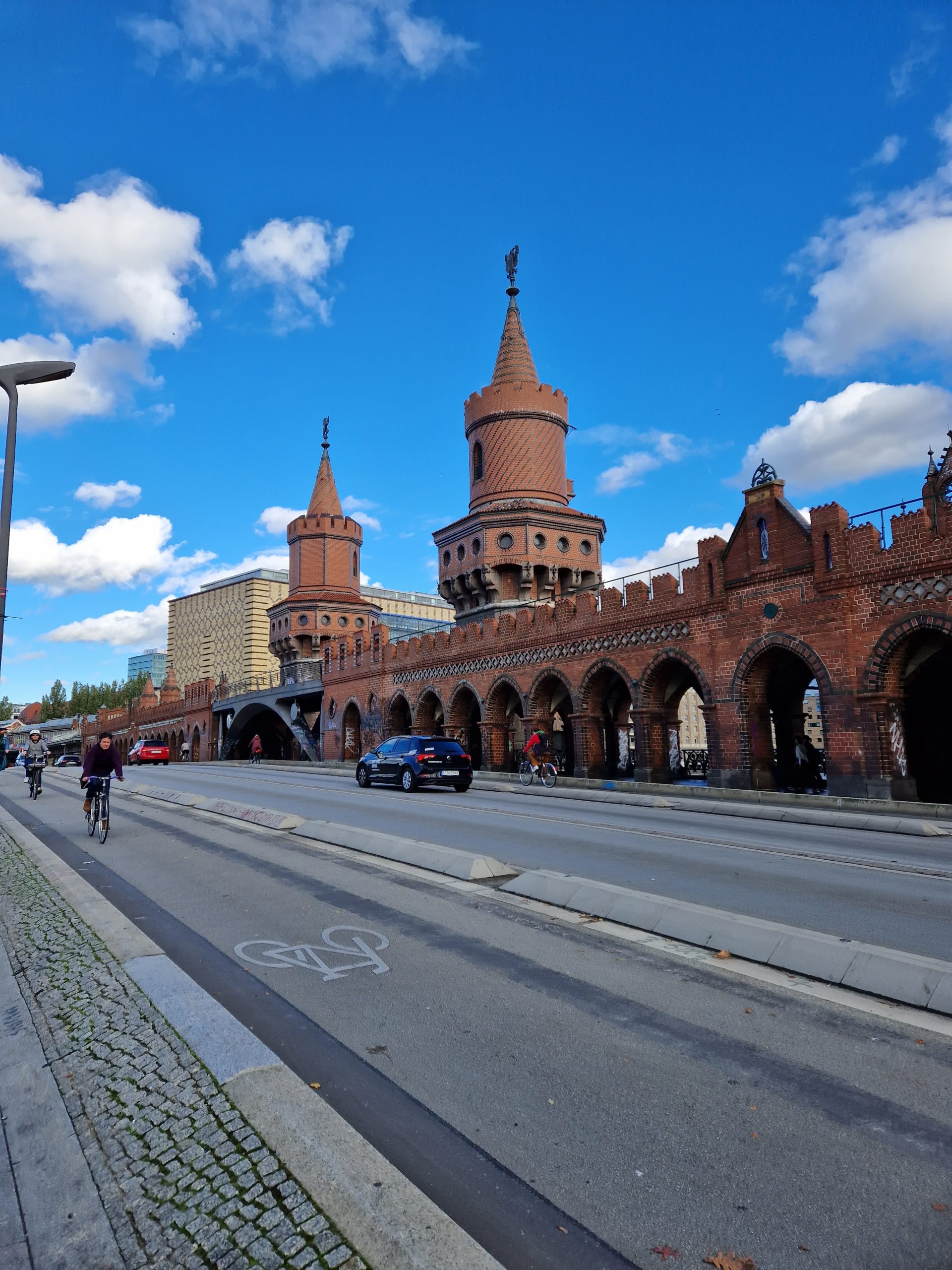
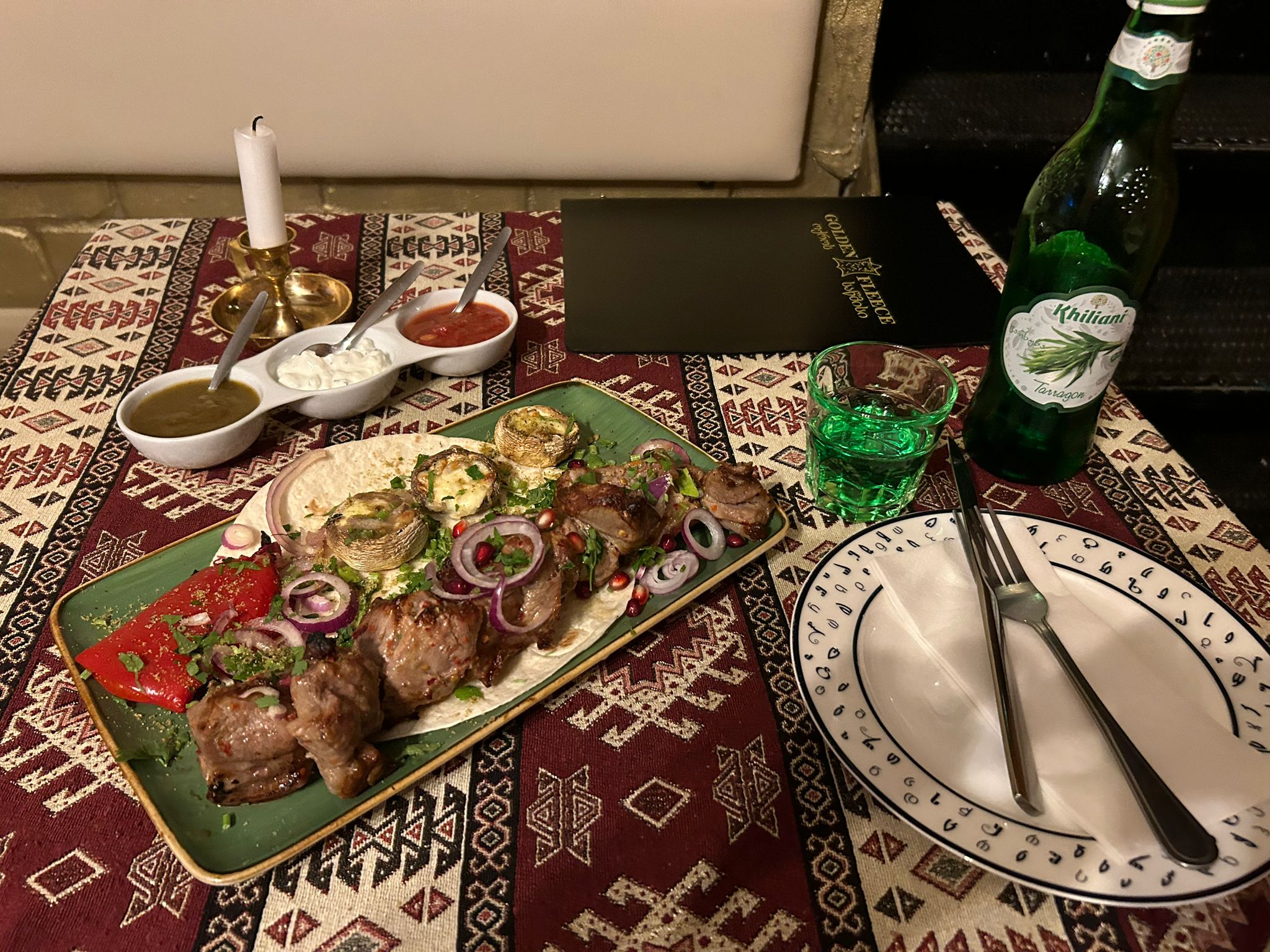
Next up on our food tour was Dervish, a vegan Uzbek restaurant located in Friedrichshain in the east of the city just off the stop Warschauer Straße (yes you are correct, it is indeed named for the city of Warsaw). For those of us familiar with Uzbek cuisine you might be wondering if ‘vegan’ and ‘Uzbek food’ can be used in the same sentence. However, vegans rejoice as this restaurant is 100% vegan offering everyone a chance to sample Uzbek cuisine. Board members Lila, Oliver, and Jenni had themselves a feast, sampling Uzbek classics including manti (Uzbek style dumplings), non (Uzbek flatbread), kofta (meat cutlets although in this case lentil based), lagman (Uzbek style noodles), and achichuk salad. For vegetarian board members Jenni and Lila, Dervish was a fun and tasty way to try Uzbek food and even meat-eater Oliver said it was a tasty vegan spin on traditional Uzbek dishes.
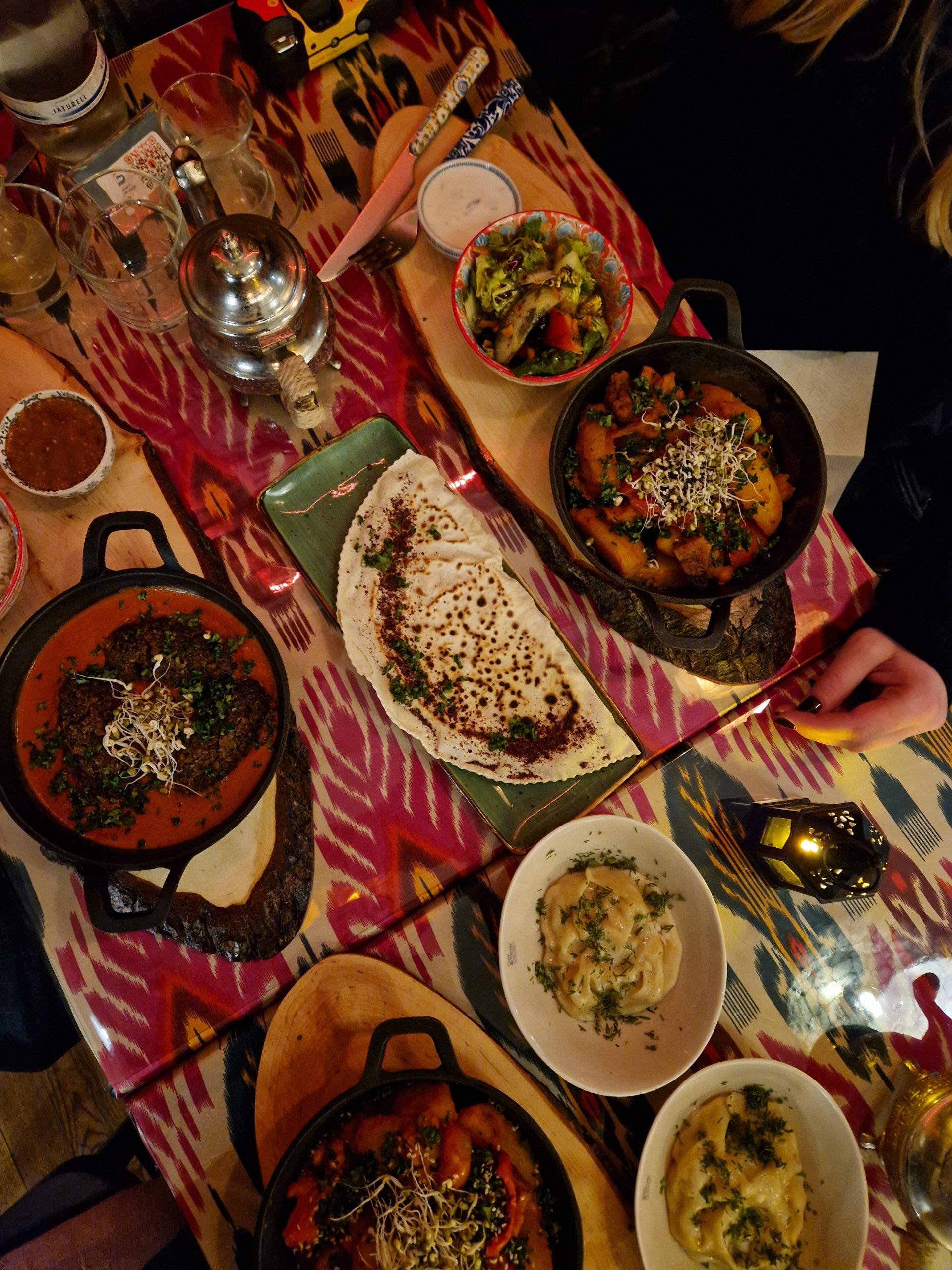
Visiting Berlin is always a chance to learn and see something new. We definitely learned new things about the history of the DDR and were suprised about the extent of Soviet time legacy that the city still holds. Hopefully this post offered something new to go see or do whenever you visit Berlin! ¤
